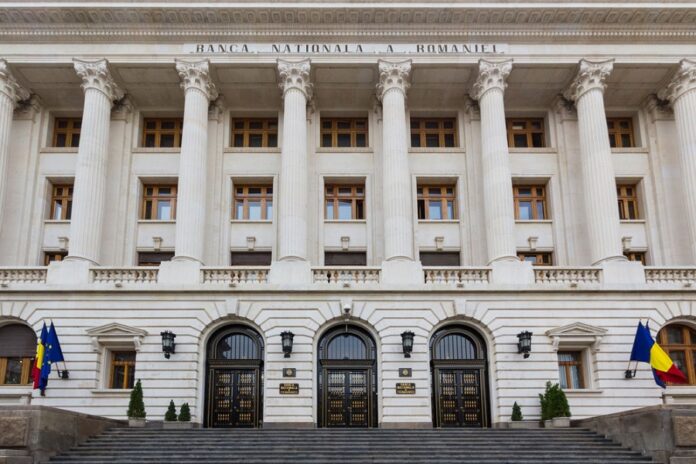Romania kept borrowing costs unchanged at its final monetary-policy meeting this year as concerns over persistently high inflation outweigh warnings of an economic slowdown, according to Bloomberg.
The central bank in Bucharest left the benchmark interest rate at 7% on Wednesday for a seventh straight meeting, in line with a Bloomberg survey.
Governor Mugur Isarescu will present a fresh inflation forecast on Friday. The current estimate is for a slow to 7.5% by the end of this year — down from 8.8% in September.
The latest forecast “reconfirms the further slowdown in inflation in the next two years, but on a higher path in 2024 than previously envisaged — and on a slightly lower path in the following quarters,” the central bank said in a statement.
The government’s introduction of new taxes and spending cuts to narrow a budget deficit, along with a minimum-wage increase will keep upward pressure on the cost of goods and services, with inflation already projected to stay outside the central bank’s target range at least until 2025.
Fiscal changes will trigger a new bump in inflation in the first part of next year, the central bank said, while a more pronounced slowdown in price growth is expected in 2025.
At the same time, economic growth is expected to slow sharply to about 2%.
The National Bank of Romania is diverging from peers in eastern Europe like Poland and Hungary, who have already lowered borrowing costs. Policymakers in the Czech Republic stood pat at the last meeting, but have begun discussing a strategy for monetary easing.
Romania has already seen more easing from excess liquidity, according to Dan Bucsa, a London-based economist at UniCredit SpA.
“As a result, new lending has started to rebound and the credit impulse is likely to be positive by year-end,” Bucsa said, adding that he doesn’t expect key rate cuts in the first half of next year.


